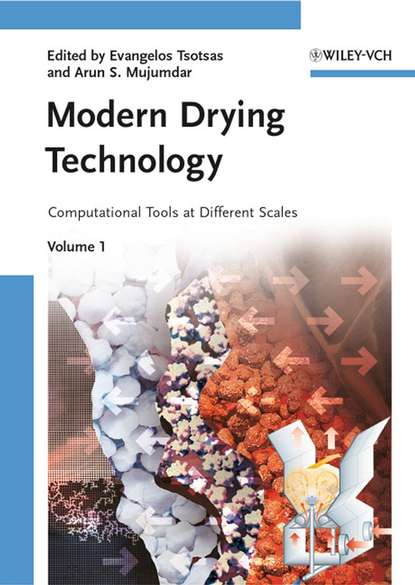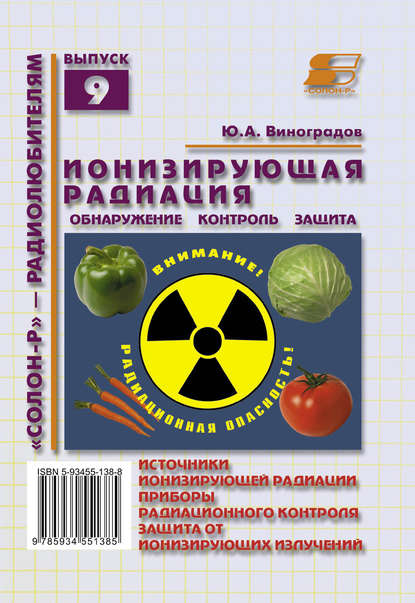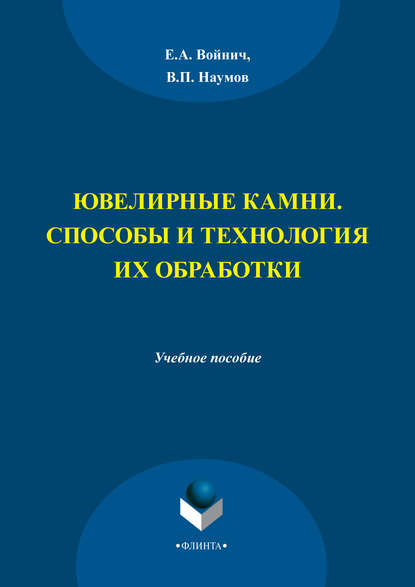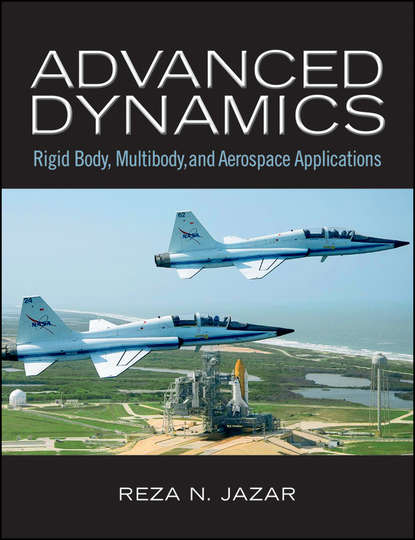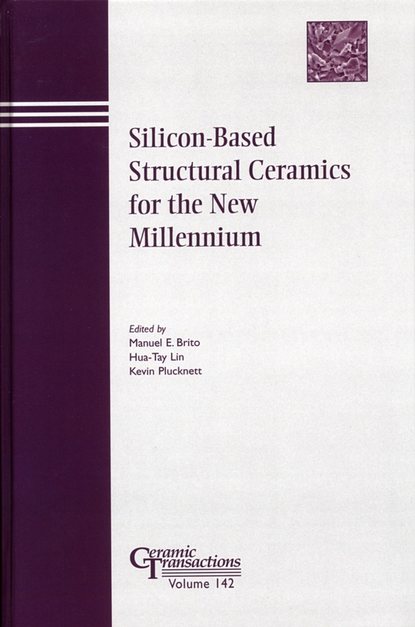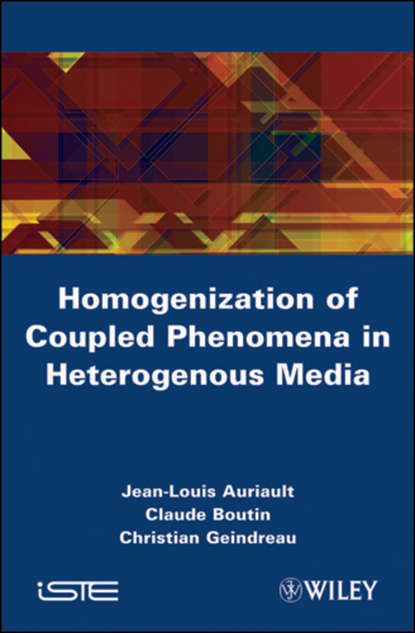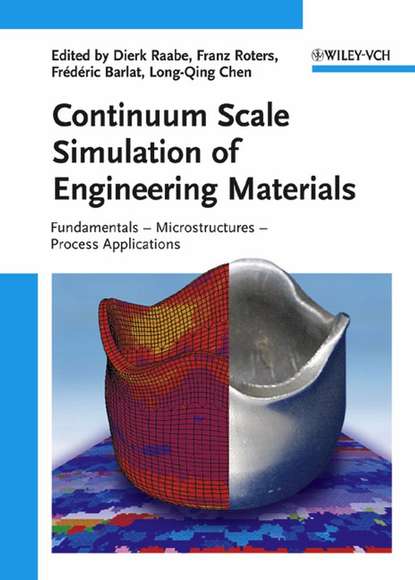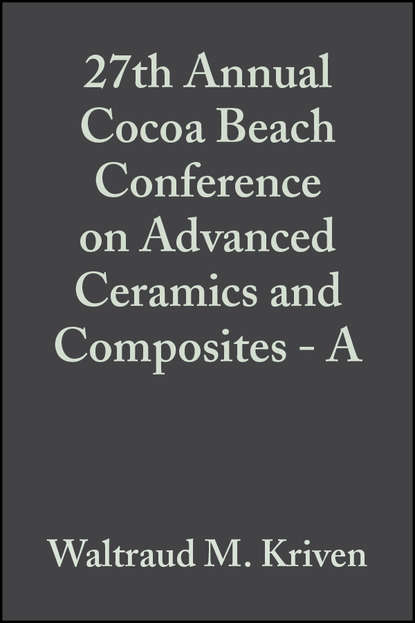Книга "Modern Drying Technology, Volume 1. Computational Tools at Different Scales" является первым томом из серии из пяти книг, посвященных различным аспектам технологии сушки. В этом томе рассматриваются различные модели для сушки продуктов и проектирования процессов сушки, такие как методы коротких путей, гомогенизированные, модели пористой среды и термо-механические подходы. Также описываются вычислительная гидродинамика, балансы популяций и инструменты имитационного моделирования процессов. Особое внимание уделяется переходам между масштабами. Авторами являются признанные международные эксперты в различных областях, связанных с технологией сушки. В целом, данная серия книг является исчерпывающим справочным материалом по технологии сушки в промышленности. Книги направлены на применение теории в практике для улучшения качества высокоценных продуктов, экономии энергии и снижения затрат на процессы сушки. Кроме первого тома, в серии также представлены следующие тома: экспериментальные методы (том 2), качество продукта и формулирование (том 3), экономия энергии (том 4) и интенсификация процесса (том 5). Каждый том может быть приобретен отдельно или в комплекте из пяти томов.
Электронная Книга «Modern Drying Technology, Volume 1. Computational Tools at Different Scales» написана автором Mujumdar Arun S. в году.
Минимальный возраст читателя: 0
Язык: Английский
ISBN: 9783527631636
Описание книги от Mujumdar Arun S.
The five-volume series provides a comprehensive overview of all important aspects of drying technology like computational tools at different scales (Volume 1), modern experimental and analytical techniques (Volume 2), product quality and formulation (Volume 3), energy savings (Volume 4) and process intensification (Volume 5). Based on high-level cutting-edge results contributed by internationally recognized experts in the various treated fields, this book series is the ultimate reference in the area of industrial drying. Located at the intersection of the two main approaches in modern chemical engineering, product engineering and process systems engineering, the series aims at bringing theory into practice in order to improve the quality of high-value dried products, save energy, and cut the costs of drying processes. In Volume 1, diverse model types for the drying of products and the design of drying processes (short-cut methods, homogenized, pore network, and continuous thermo-mechanical approaches) are treated, along with computational fluid dynamics, population balances, and process systems simulation tools. Emphasis is put on scale transitions. Other Volumes and Sets: Volume 2 – Modern Drying Technology: Experimental Techniques Volume 2: Comprises experimental methods used in various industries and in research in order to design and control drying processes, measure moisture and moisture distributions, characterize particulate material and the internal micro-structure of dried products, and investigate the behavior of particle systems in drying equipment. Key topics include acoustic levitation, near-infrared spectral imaging, magnetic resonance imaging, X-ray tomography, and positron emission tracking. Volume 3 – Modern Drying Technology: Product Quality and Formulation Volume 3: Discusses how desired properties of foods, biomaterials, active pharmaceutical ingredients, and fragile aerogels can be preserved during drying, and how spray drying and spray fluidized bed processes can be used for particle formation and formulation. Methods for monitoring product quality, such as process analytical technology, and modeling tools, such as Monte Carlo simulations, discrete particle modeling and neural networks, are presented with real examples from industry and academia. Volume 4 – Modern Drying Technology: Energy Savings Volume 4: Deals with the reduction of energy demand in various drying processes and areas, highlighting the following topics: Energy analysis of dryers, efficient solid-liquid separation techniques, osmotic dehydration, heat pump assisted drying, zeolite usage, solar drying, drying and heat treatment for solid wood and other biomass sources, and sludge thermal processing. Volume 5 – Process Intensification Volume 5: Dedicated to process intensification by more efficient distribution and flow of the drying medium, foaming, controlled freezing, and the application of superheated steam, infrared radiation, microwaves, power ultrasound and pulsed electric fields. Process efficiency is treated in conjunction with the quality of sensitive products, such as foods, for a variety of hybrid and combined drying processes. Available in print as 5 Volume Set or as individual volumes. Buy the Set and SAV
